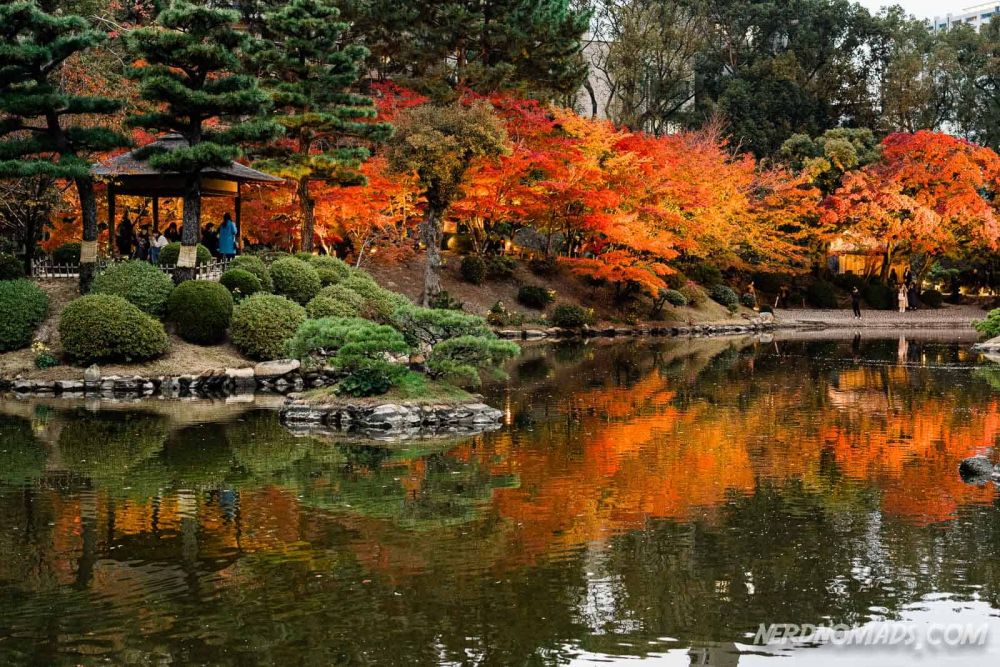

Shukkeien Garden, which translates to "shrunken-scenery garden," offers a miniature landscape with valleys, mountains, and forests intended to embody the natural scenery of Japan. This serene haven, located in Hiroshima, was constructed in 1620 by Ueda Soko, a prominent tea ceremony master and feudal lord's retainer. The garden was designed by Soko for the daimyo (feudal lord) of the Hiroshima Han, Asano Nagaakira, and it was modeled after the famous West Lake in Hangzhou, China.
Throughout its history, Shukkeien Garden has seen numerous renovations and enhancements that have contributed to its current beauty. After the atomic bomb devastation in 1945, the garden served as a refuge for victims and was restored in subsequent years to provide peace and solace to the city's inhabitants and visitors. In 1951, it was designated as a "Place of Scenic Beauty" by the national government.
The allure of Shukkeien Garden has grown since its post-war restoration, attracting visitors worldwide due to its historical significance and beauty. Its role as a site of memory and rejuvenation after the atomic bombing has added a layer of profound depth to the visitor experience.
Over the years, tourism in the garden has flourished. Visitors are compelled not only by the opportunity to engage with its history but also by the garden's role in the heritage and resilience of Hiroshima. Seasonal events, like plum and cherry blossom viewings, have further fostered the garden’s growth as a tourist hotspot.
In recent times, sustainable tourism practices have been implemented to ensure the conservation of Shukkeien Garden's environment and its cultural legacy. Efforts such as limiting entrance numbers to avoid overcrowding and maintaining traditional gardening techniques without the excessive use of modern machinery have been adopted to preserve its serenity and historical authenticity.
Furthermore, digital technology plays a role in enriching the tourist experience. Augmented reality apps and QR codes scattered throughout Shukkeien allow visitors to learn about the garden's history and flora in a more interactive way. Additionally, the rise of social media has helped to boost awareness and interest in the garden, with visitors sharing their experiences and the natural beauty of the landscape with a global audience.
Today, Shukkeien Garden stands as a significant symbol of peace and resilience. It is a testament to Hiroshima's ability to overcome tragedy and offers a peaceful escape for those looking to reflect upon the past or enjoy the tranquility of nature. With its rich history and commitment to preserving both cultural and natural beauty, Shukkeien remains a cherished destination for tourists and locals alike.